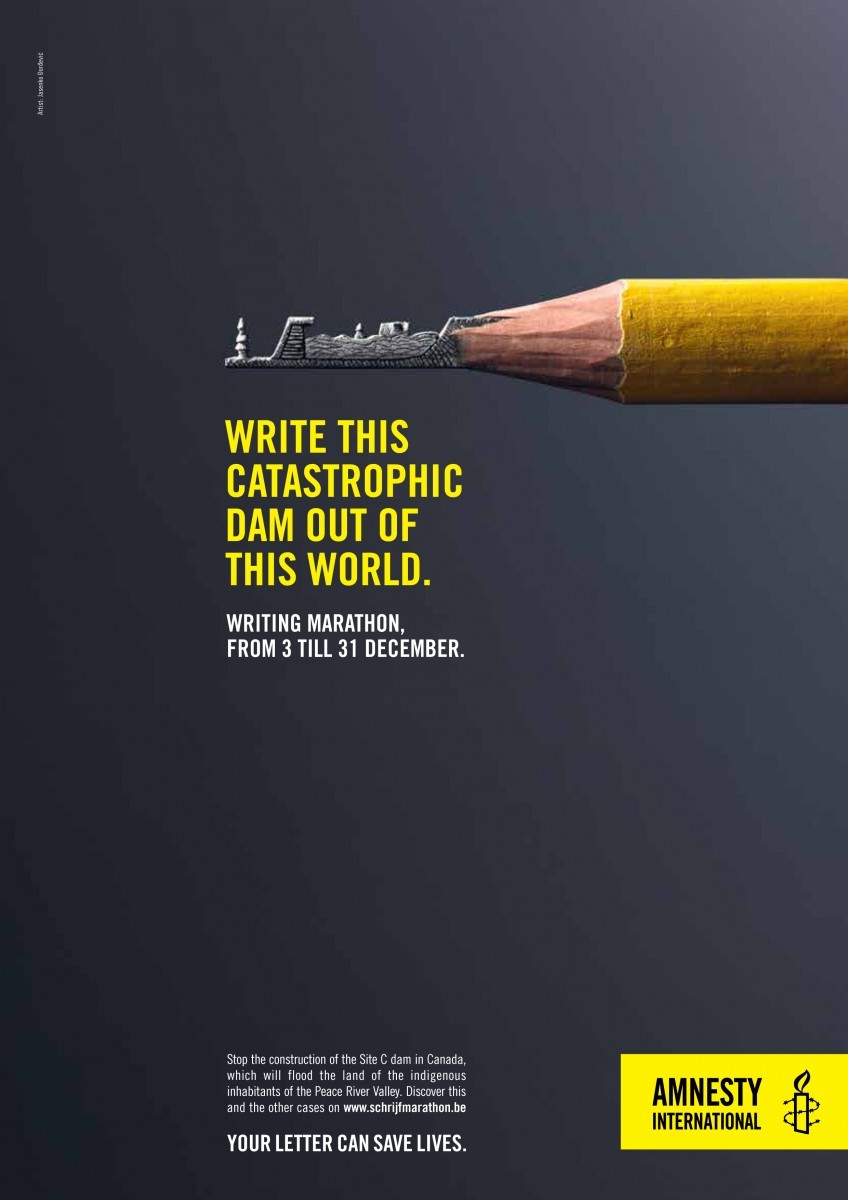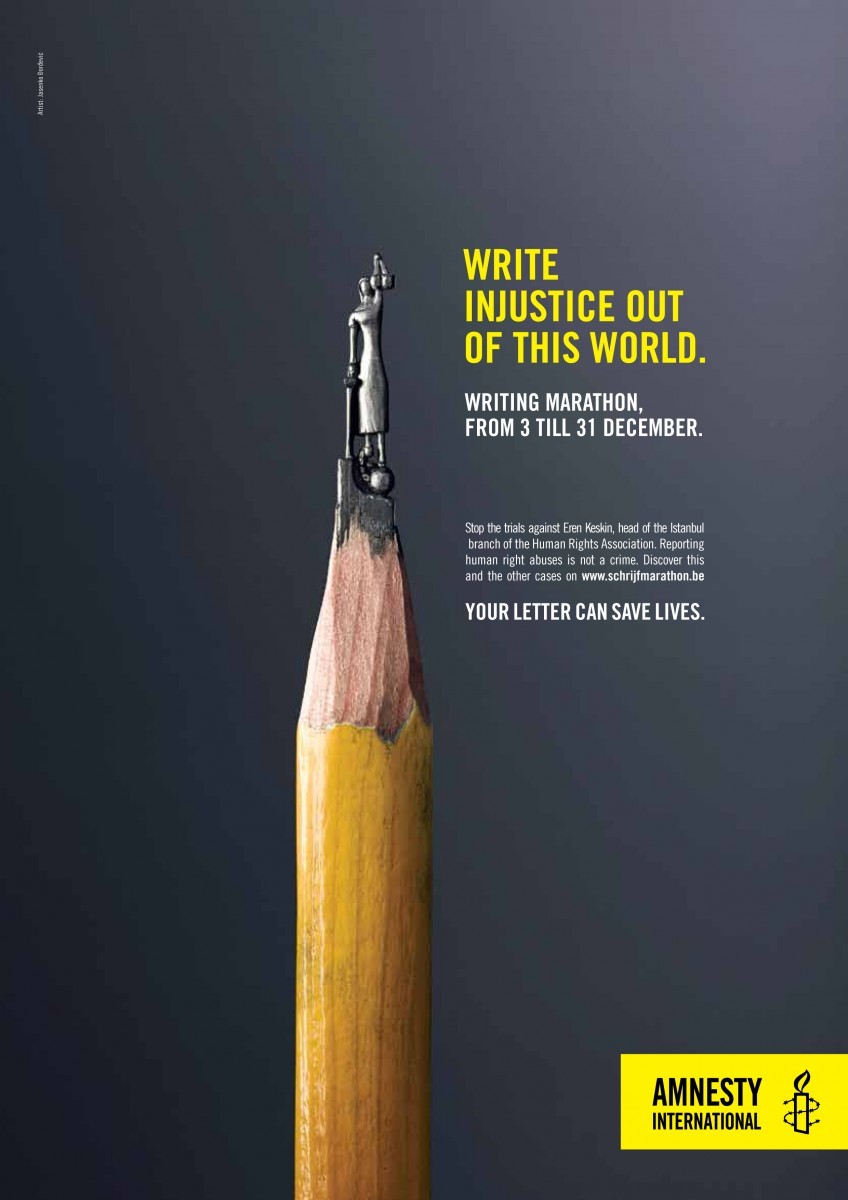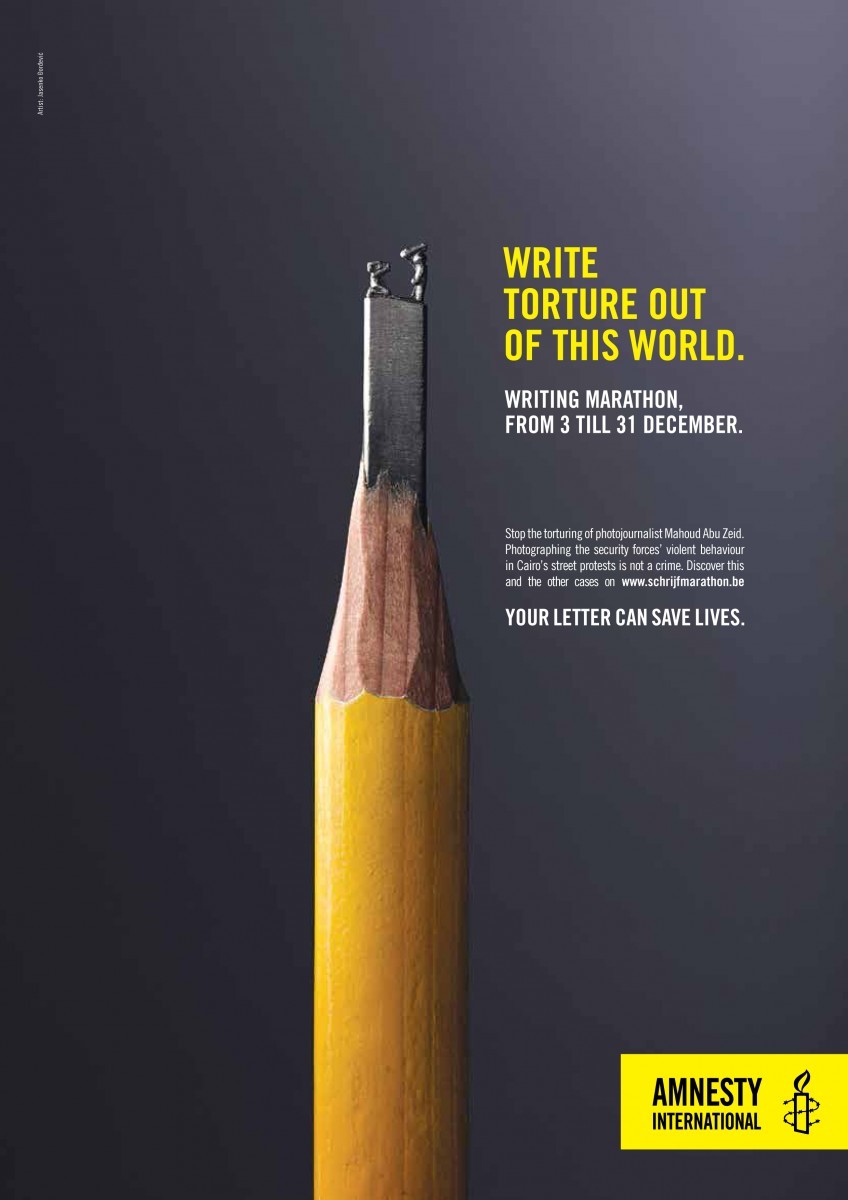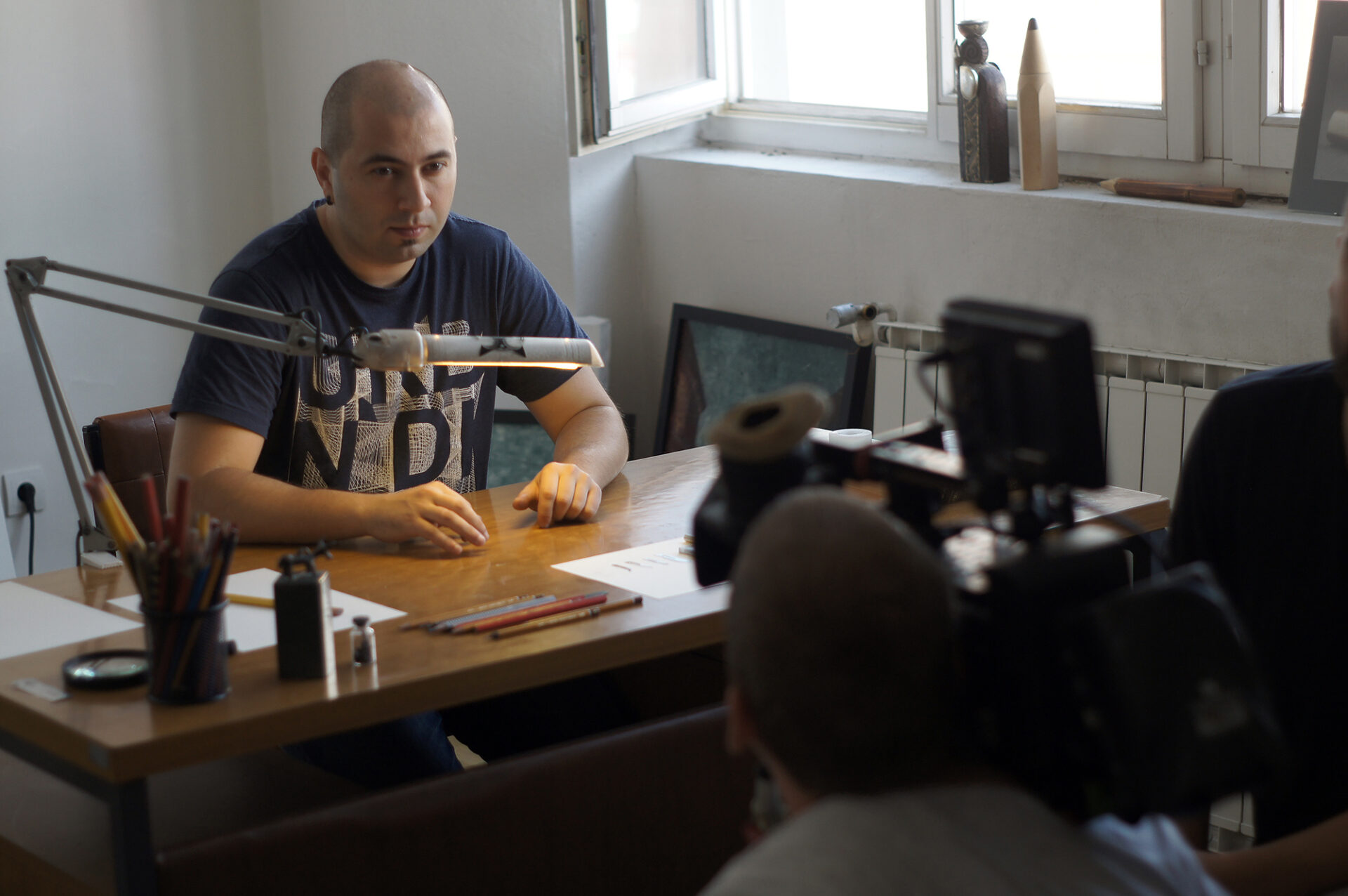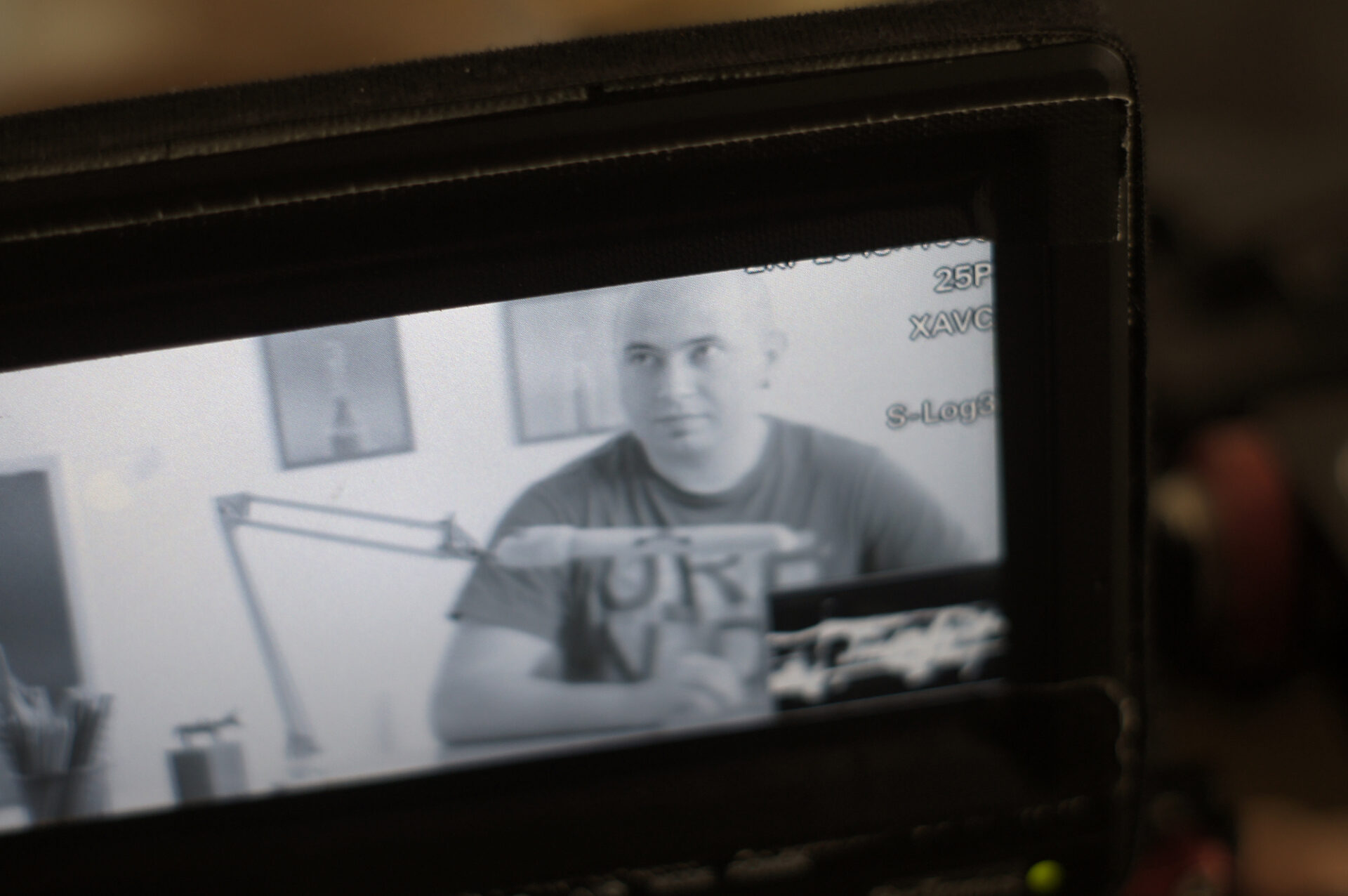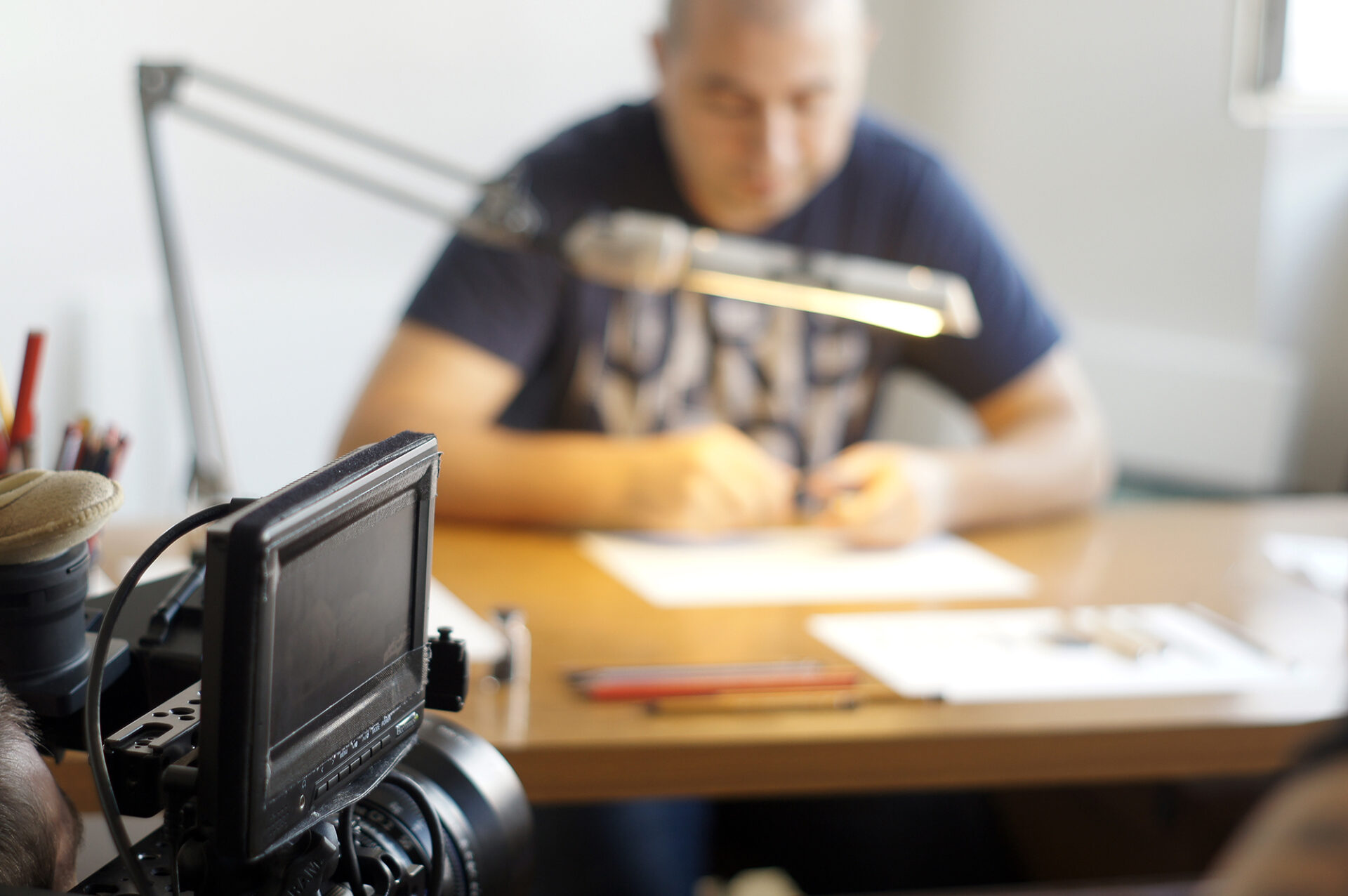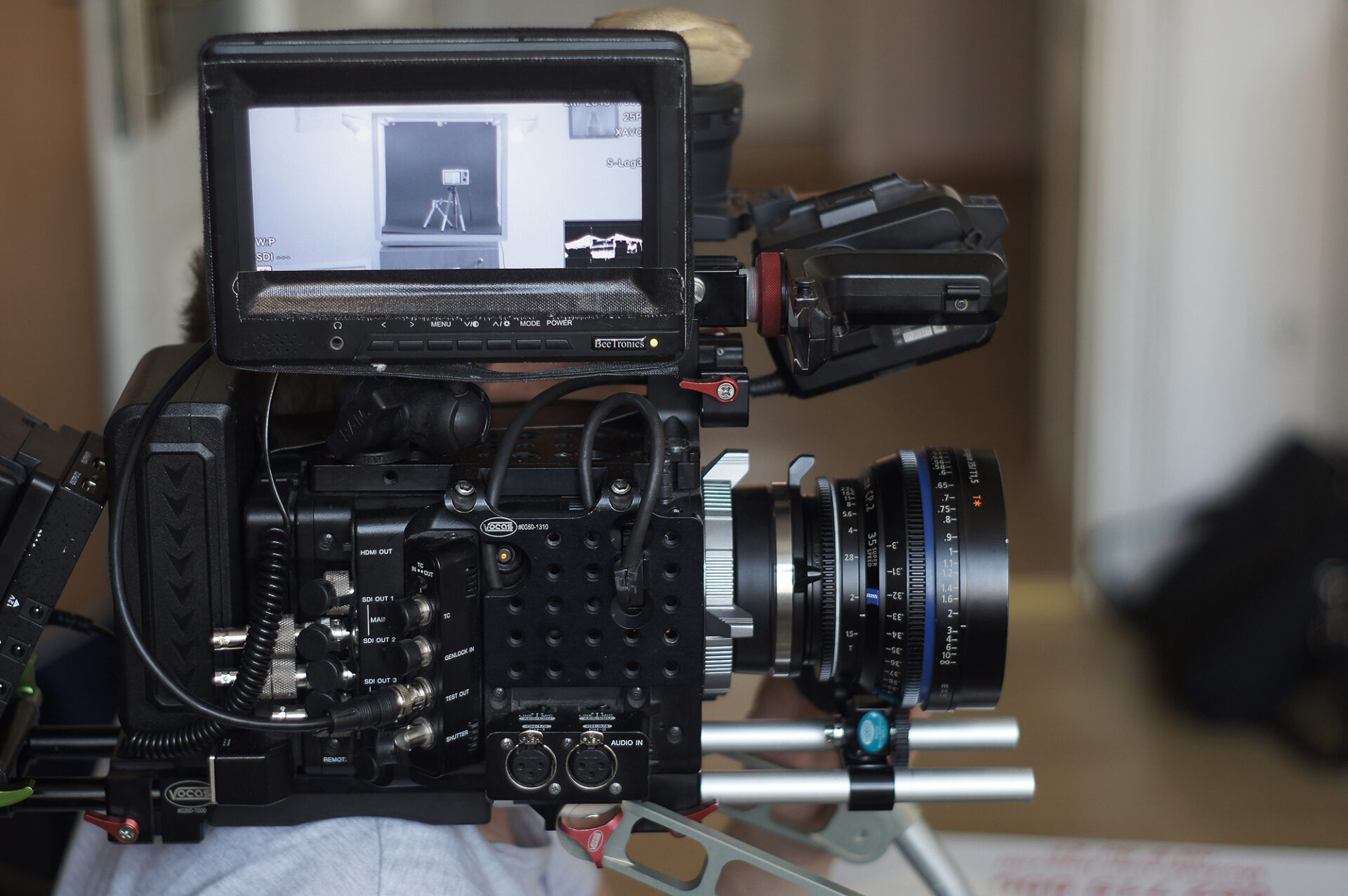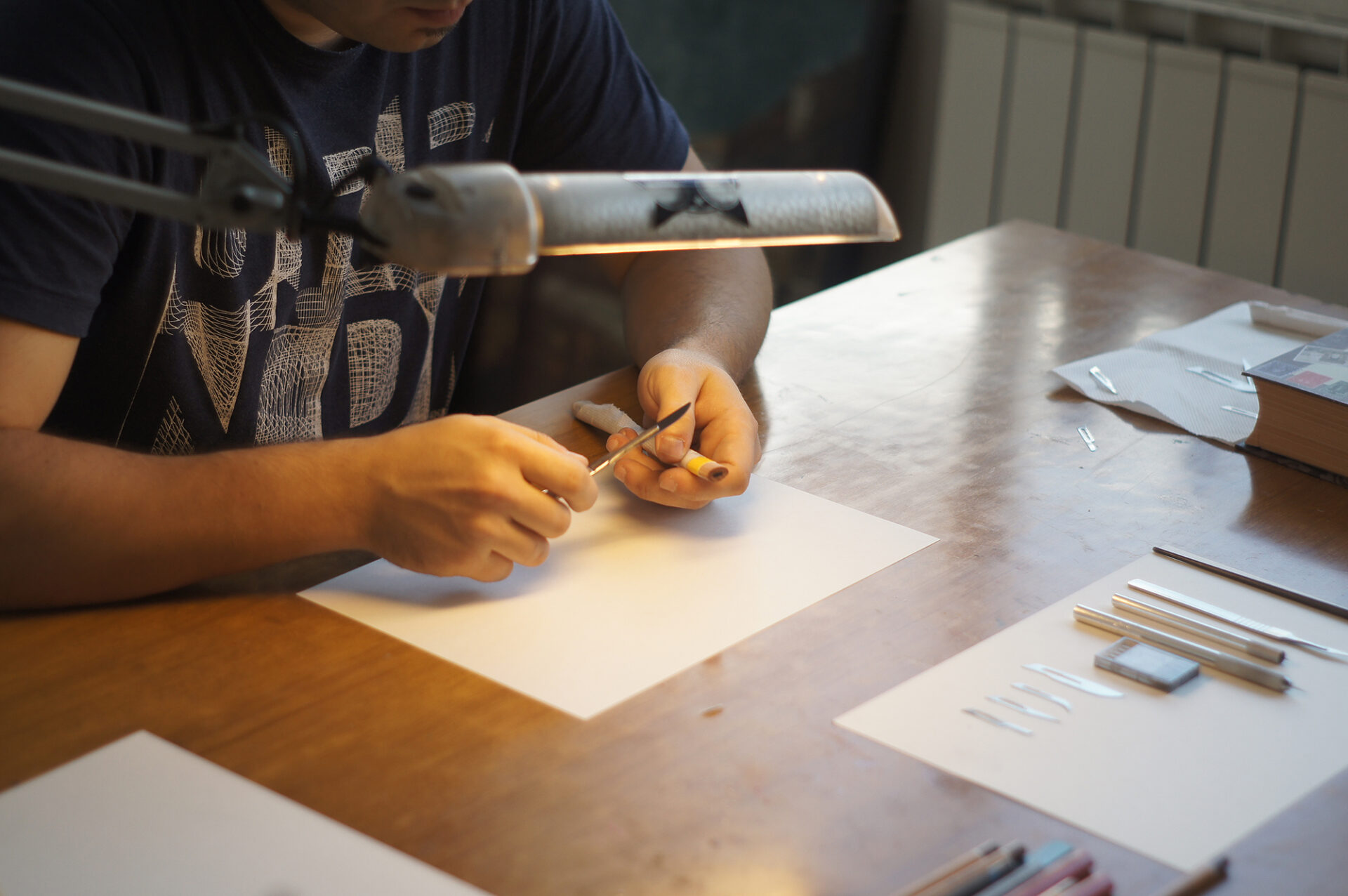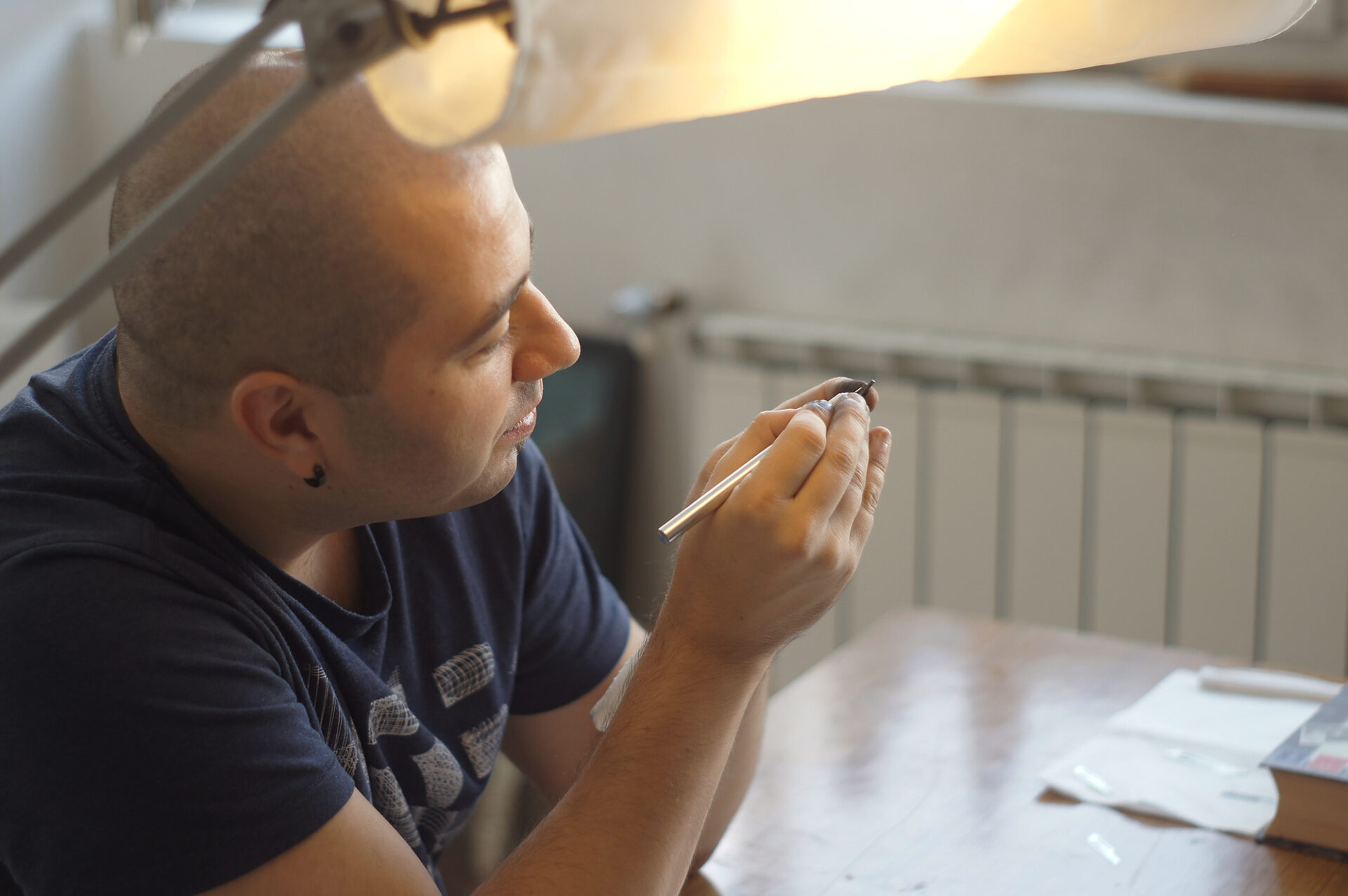The year 2016 was a significant moment in my career when I had the opportunity to collaborate with Amnesty International on their world-renowned “Write for Rights” campaign. This campaign, which gathers millions of people from around the globe, aims to raise awareness about human rights violations through letter writing. Amnesty International Flanders invited me to contribute to this campaign by creating pencil tip sculptures that would depict symbolic scenes related to specific cases of human rights violations.
The Responsibility Behind the Project
Collaborating with such a prestigious organization like Amnesty International comes with great responsibility. Every detail of my work had to be carefully considered, as these sculptures were visual metaphors for the real lives of people whose rights were brutally violated. This project was not just an artistic challenge, but also a way to contribute to the global fight for justice. Amnesty International Flanders, as part of the European human rights platform, plays a key role in raising awareness of issues that impact European policies, and such campaigns are part of a broader strategy to bring these issues closer to the wider public.
Symbolism Through Sculpture
For this project, three motifs were proposed to represent three key human rights issues. Based on the idea and technical possibilities, together with Amnesty International Flanders, we arrived at final visual solutions that best conveyed the messages of these cases.
The first sculpture was connected to the case of Egyptian photojournalist Mahmoud Abu Zeid, known as Shawkan. Shawkan became a symbol of the fight for press freedom in Egypt after being arrested in 2013 while documenting police violence during protests. Initially facing life imprisonment, his situation worsened, with the possibility of a death sentence looming over him. At a hearing in March 2016, nine fabricated charges were brought against him, and throughout the process, his lawyers were denied access to essential documents, including the charge sheet. Shawkan had been detained for over two years in violation of Egyptian law, which sets a two-year maximum detention period without trial. His health deteriorated during his time in prison, and despite suffering from Hepatitis C, he was denied access to necessary medication.
The sculpture depicted a journalist being attacked while doing his job, symbolizing not only the repression of journalists but also the fragility of freedom of expression in regimes that suppress dissent. Shawkan’s case highlighted the risks journalists face when they bravely document the truth in dangerous situations.
The second motif depicted Lady Justice in chains, symbolizing the violation of justice in China, where hundreds of human rights lawyers were targeted during a nationwide crackdown that began in July 2015. Over 248 lawyers and activists were swept up in the repression, and a year later, 17 remained detained, with eight facing life imprisonment for “subverting state power.” Justice, traditionally a symbol of fairness and the rule of law, was bound in chains, representing the systemic attack on a legal system that should protect individual rights. Many of the detained lawyers were denied legal counsel and contact with their families, underscoring the repression. This sculpture portrayed the stark contrast between what justice should represent and what it becomes under authoritarian regimes.
The third sculpture highlighted the violation of Indigenous rights in Canada, where homes and cultural heritage were threatened by the construction of the Site C dam. This hydroelectric project would flood an 80-kilometer stretch of the Peace River Valley, a vital area for First Nations and Métis peoples. The valley is essential for their way of life, providing resources for hunting, fishing, and gathering plant medicines, as well as holding cultural and heritage sites that span over 10,000 years of history. The landscape is inseparable from the Indigenous knowledge and stories tied to it. As Chief Rolland Wilson of the West Moberly First Nation stated, “It’s the last chunk of valley that we have, and it’s vitally important.”
The dam became a symbol of destructive projects that disregard the rights and traditions of Indigenous communities. The water submerging the village represented not only the destruction of the natural landscape but also the erasure of cultural identity deeply tied to the land. Through this sculpture, the goal was to convey the significance of protecting both the environment and the cultural rights of people who have lived on this land for centuries.
Challenges of Working with Graphite
Working with graphite is always extremely challenging, as the material is fragile and brittle. A single moment of inattention can result in damage or even the complete breakage of the sculpture. This is exactly what happened during this project when the nearly completed “Lady Justice” sculpture broke just a few days before the scheduled filming of the documentary. I found myself in a difficult situation, as deadlines had already been set, and I had to create a new sculpture in a very short time. Despite this challenge, I managed to complete the new sculpture on time, further testing my skills and patience, but also demonstrating the importance of dedication and perseverance in projects like these.
Documenting the Creative Journey
The collaboration with Amnesty International was further enriched by the production of a documentary film that followed the process of creating the sculptures. The filming took place in Tuzla, my hometown, where my work and the philosophy behind my artistic creation were portrayed through a short story. The film was an opportunity to show how pencil tip sculptures can convey universal messages, as well as to give insight into my creative process—from preparation, through sketching, to the finalization of the sculptures.
Through this documentary, viewers were able to see not only the technical aspects of creation but also the broader context of the humanitarian struggle for human rights, in which art plays a key role in communicating these messages.
Art as a Voice for Justice
The collaboration with Amnesty International in 2016 was much more than a creative challenge—it was an opportunity for art to become the voice of those whose rights are threatened. Through these miniature sculptures at the very tip of a pencil, I was able to convey messages of freedom, justice, and the fight for the preservation of cultural identities.
Such projects hold immense significance because art has the power not only to capture attention but also to inspire change. Pencil tip sculptures, though small in size, carry a profound symbolic meaning. Each pencil, which is typically a tool for writing and communication, becomes a medium for visual expression, through which the stories of people fighting for justice are conveyed.


